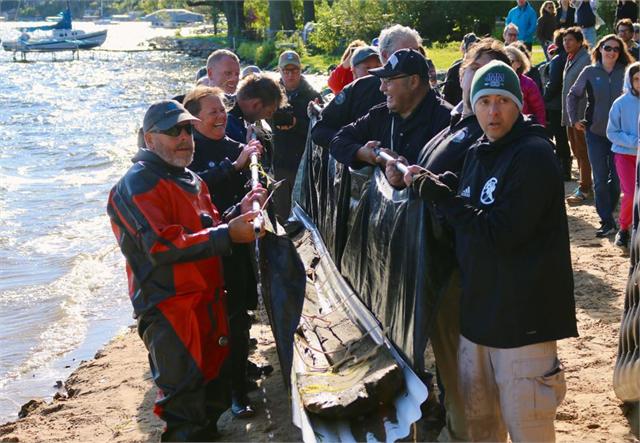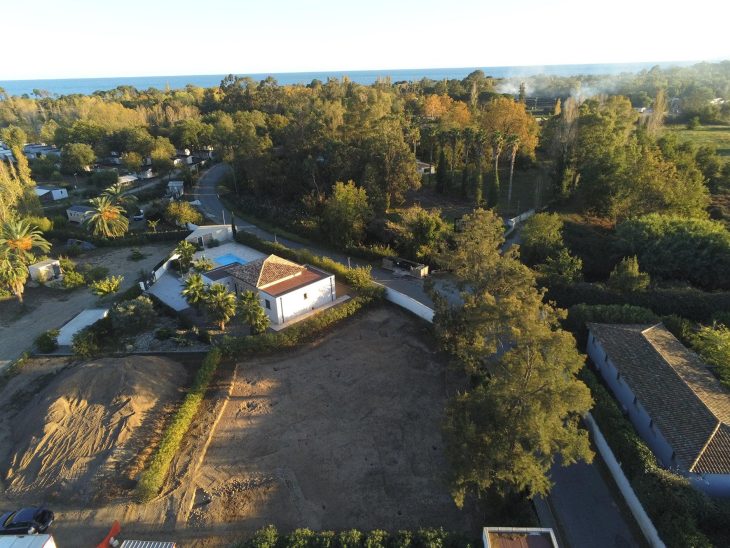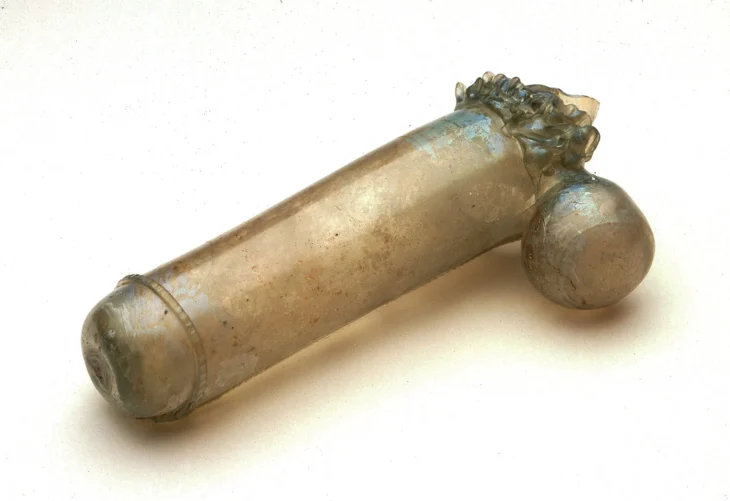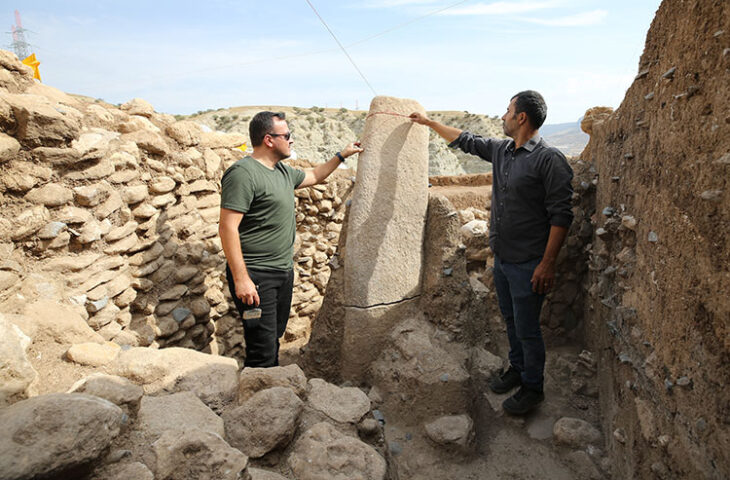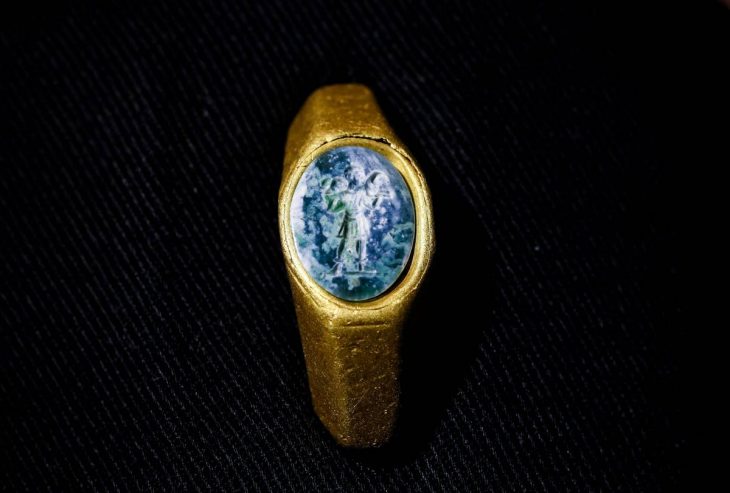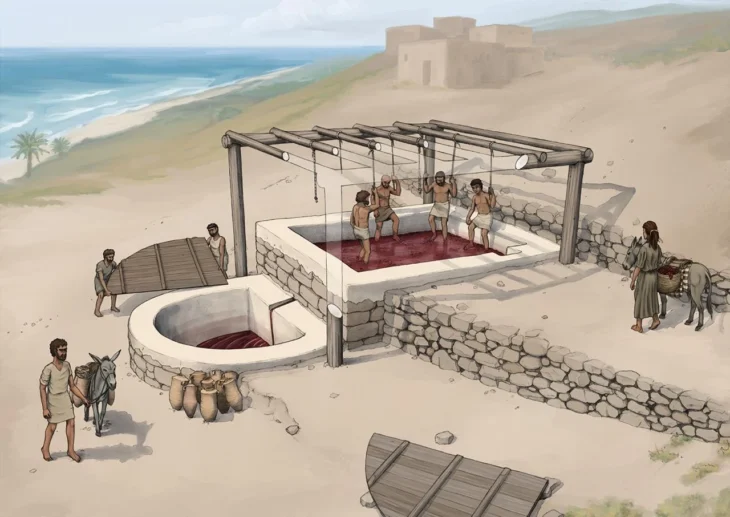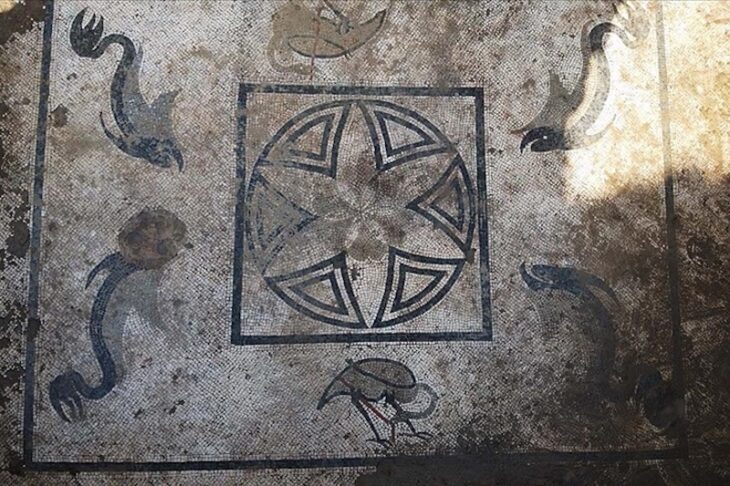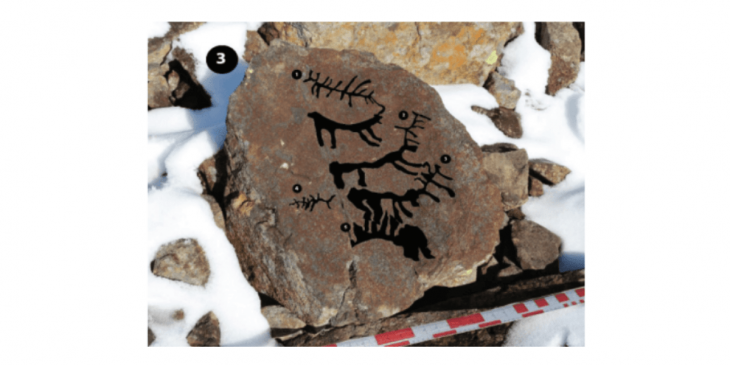The Egyptian Ministry of Antiquities announced that a farmer in Ismailia, Egypt, uncovered a 2,600-year-old stone monument erected by Pharaoh Apries, who reigned from 589 to 570 BC.
This old sandstone plank was discovered by farmers while preparing their land for agriculture approximately 62 miles (100 kilometers) northeast of Cairo. According to the ministry’s statement, he subsequently informed the antique tourist police of the finding. The monument measures 91 inches long (230 centimeters), 41 inches broad (103 centimeters), and 18 inches thick (45 centimeters).
A winged sun disk (possibly linked with the sun deity Ra) and a cartouche sculpture of Pharaoh Apries are at the top of the stele, with 15 lines of hieroglyphs below it. Apries, also known as Wahibre Hibre, was the 26th dynasty of Egypt (688 BC-525 BC). Egypt was independent, and its capital was often in Sais, northern Egypt.
The stele is currently being translated. The stele appears to be connected to Apries’ military activities east of Egypt, according to Mostafa Wajiri, secretary-general of the Supreme Council of Antiquities.
Apries discovered Herodotus, an ancient Greek historian who lived between 484 and 425 BC. Phoenicians It murdered many Egyptian troops and sparked a civil war in Egypt, leading to Apries’ death and his replacement as pharaoh by a man called Amasis. It’s uncertain if this stele will add to our understanding of these events.
📣 Our WhatsApp channel is now LIVE! Stay up-to-date with the latest news and updates, just click here to follow us on WhatsApp and never miss a thing!!
Originally published in Live Science.
Cover Photo: Egyptian Antiquities Ministry





